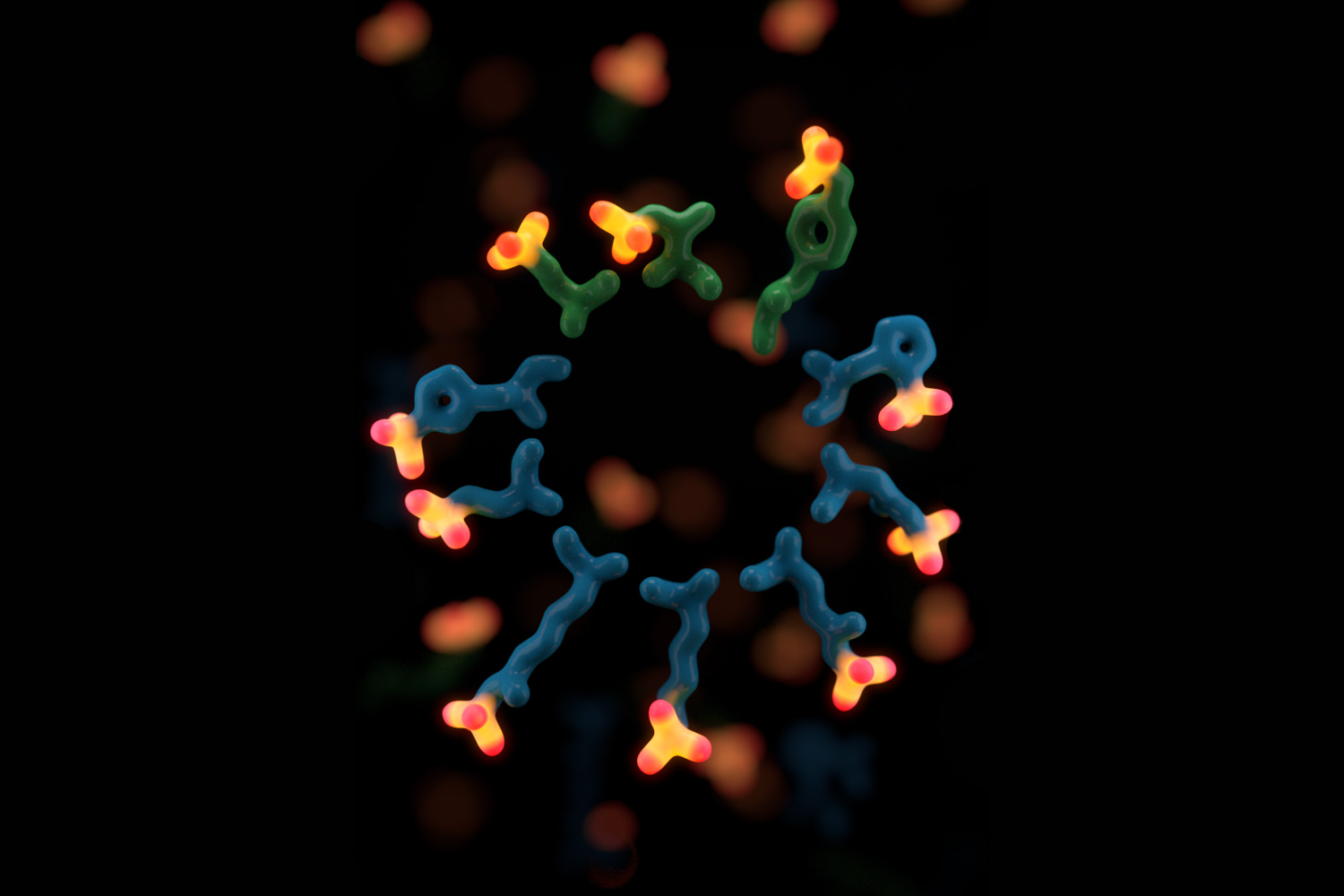Protein post-translational modifications
Proteins are dynamically regulated by post-translational modifications, including phosphorylation, sulfation and glycosylation. We have extensive experience in exploring phosphorylation dynamics including of non-canonical phosphorylation, and are actively developing analytical strategies to identify and explore protein sulfation and the role of glycosylation e.g. in childhood IgA vasculitis.
The expanding landscape of human protein phosphorylation
Traditionally, phosphoproteomic studies have focused on the three canonical residues pSer, pThr and pTyr. Conversely, studies of the non-canonical residues pCys, pHis, pLys, pArg, pAsp and pGlu have lagged behind their canonical counterparts, due largely to lability of these modifications under standard phosphopeptide enrichment strategies.
In our lab, we have devised a workflow we term unbiased phosphopeptide enrichment strategy based on strong anion exchange chromatography (UPAX), that permits simultaneous investigation of the canonical and non-canonical phosphoproteome.
Using UPAX, we find that non-canonical phosphosites make up around a third of all identified phosphosites, expanding the landscape of the known human phosphoproteome.

Human phosphorylation and UPAX methodology
For our latest work on human phosphorylation and the details of our UPAX methodology, follow this link to our publication.